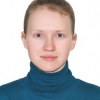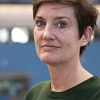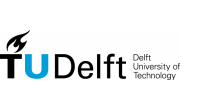You are here
Visual qualities of light
This project is focused on the perception of the luminous atmosphere. We will consider the problem of how to measure the subjective luminosity framework, as opposed to the objective, radiometric luminous atmosphere, and how to describe this framework using quantitative descriptive methods.
We will develop novel empirical paradigms to probe the luminosity framework based upon the generic notion of “gauge objects” or “probes” and human sensitivity to the degree of “visual fit”. In experiments, the observer is given control over the appearance of a test object and required to adjust it such as to produce a satisfactory visual fit. The parameters that characterise the appearance represent the result of the measurement. Because the fit is purely visual, one obtains a direct operational method to quantify eye measure.
We will derive quantitative descriptive methods based on visual appearance instead of mathematical elegant but perceptually alien techniques, using a combination of appearance-based concepts from lighting design and architecture: the “flow”, “scale”, “zones” and “texture” of light. The final aim of this project is to understand the structure of the luminosity framework and how it depends on scene properties (materials and shape / spatial layout).
Results
- Dataset of controlled stimuli varying parameterically in illumination conditions
- Detailed measurement of perceptual scales relating different illumination conditions to one another
- Development of novel methods for probing illumination appearance
- Publications reporting relationship between physical parameters of illumination and perceived appearance



